When talking about alternative living and going back to the land to homestead, permaculture is a frequent topic. But what is permaculture? And why is it such an important part of living off nature and the land – especially when one is trying to homestead off the grid? Who came up with it and what are its fundamental principles? Well, that is exactly what we will be covering in today’s article on permaculture.

The Definition of Permaculture

It should be stated at the outset that the term permaculture was coined by a specific individual. This individual is a man named Bill Mollison. As such, no one can give a better definition for his concept than the man himself. In his book on the subject (Permaculture: A Practical Guide for a Sustainable Future), he gives the following definition for permaculture in the preface of the book.
Permaculture (permanent agriculture) is the conscious design and maintenance of agriculturally productive ecosystems which have the diversity, stability, and resilience of natural ecosystems. It is the harmonious integration of landscape and people providing their food, energy, shelter, and other material and nonmaterial needs in a sustainable way.
From that rather simple definition, Mollison will go on for another 550 pages to explain what exactly he means with that definition, and the finer points on how to incorporate the idea into one’s property.
How Is Permaculture Different Than Normal Agriculture?

If by “normal” agriculture, you mean the brand of agriculture practiced in the Western world during the last century or so, then the difference could hardly be greater. Normal agriculture concentrates on the use of annual plants grown as a monoculture (that means growing a single type of plant at a time) to feed people.
Normal agriculture uses large amounts of synthetic chemical fertilizers to grow these annual plants. The land is depleted of trace minerals and nutrients, as the fertilizers added to the fields only contain a mixture of NPK (nitrogen, phosphorus, and potassium), which are the three main macronutrients plants need to grow. In this normal agriculture, top soil is quickly eroded and lost. No soil building is done.
The Central Ideas of Permaculture
Focus on Perennials – One of the main tenants in the practice of permaculture is the use of perennial crops instead of annuals. While annual plants complete their entire life cycle from germination to death in a single year, perennial plants are those that live for multiple years (sometimes hundreds or, in rare cases, thousands of years). This life span makes perennials beneficial for long-term permaculture practitioners and their communities.
This means that trees that produce food crops take center stage on many permaculture farms. Such trees include chestnuts, walnuts, hickories, apples, and oaks, among others. Food-producing shrubs like hazelnuts and different berry plants are also extensively used.

Eric Toensmeier//Wikimedia Commons
Polyculture Planting – As previously mentioned, modern large farms generally plant a single type of crop at any given time. In permaculture, you will never see a single plant all by itself without any others near it. Instead, the plants are in groups, often referred to as guilds.
For example, an apple tree will have various smaller plants living in the ground under its branches. You might find comfrey, lavender, clover, dill, and globe artichokes happily growing under apple trees. Then, between the apple trees in the orchard, other fruit trees will be planted, possibly acacia trees.
Natural Fertilizers – While modern megafarms rely heavily on the synthetic fertilizers produced by the petrochemical industry in their food production systems, permaculture uses organic materials. Yes, this means manure, generally. But in addition to animal and human manures, plant-based composts are used.
In some permaculture systems, there are plants grown specifically for their use as compost biomass. Leaf mold is a significant part of some systems, as a number of permaculture farms plant food-producing trees.
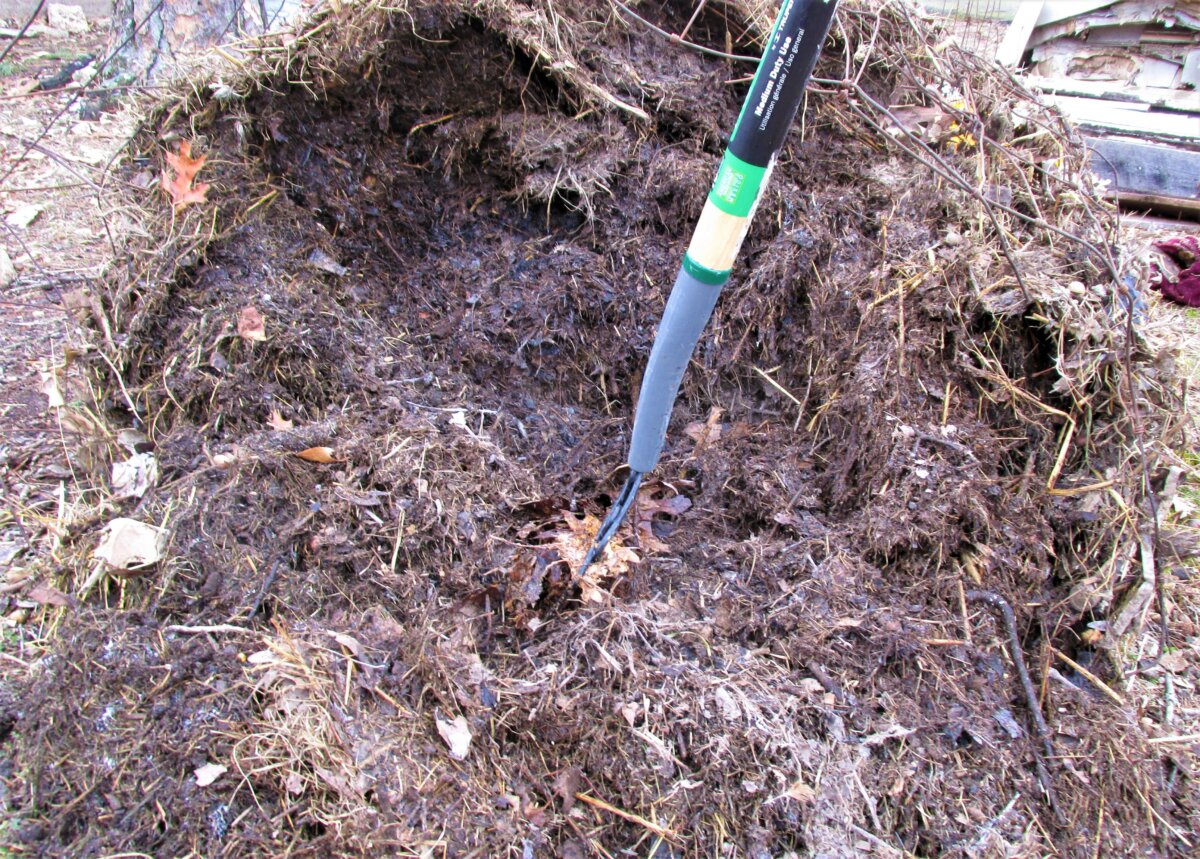
The big idea here is that these natural fertilizers provide everything that a plant needs to grow and produce healthy foods for us. Contrary to conventional agriculture, which only provides specific amounts of NPK, these manures and composts give the plants those three, and more. The undigested organic matter within these fertilizers is food for a whole host of arthropods (like insects) and other microscopic life. The bulk of the manure is perfect for improving tilth and soil health.
Multiple Plant Heights – This is one of the most important ideas and the design process for getting as much food production from a given area as possible. In a natural ecosystem, plants grow at different levels. A permaculture system tries to mimic this in a controlled manner. The goal is to get food-producing plants growing at each of the different heights at the same time.
You will have tall trees, lower-growing shrubs, climbing vines growing up the trees, short little forbs, and land-hugging ground cover. In a well-managed design system, the amount of food you can get per acre is huge – far more than what is produced by the megafarms with the same area.

Build the Soil – Most of us are familiar with the Dust Bowl and the resultant soil loss due to mismanagement of the land’s once-abundant top soil reserves. Modern agricultural practices destroy the land and leave behind little in the way of good soil. Even the yearly application of NPK fertilizers is but a band-aid on a gaping wound. Permaculture seeks to do the exact opposite.
The hope is to make the soil fertility better and better every year, and it does this through planning and hard work. The use of natural fertilizers and the refusal to use chemical pesticides and herbicides help support the growth of a healthy soil.

As a result, the top soil grows thicker, and the organisms that inhabit the soil multiply every year as well. Healthy soil makes for healthy plants, and permaculture does that from the ground up.
A Few of the Benefits of a Permaculture System

Number of Harvest from Single Planting – As already mentioned, in an annual-based farming system, for every planting you get a single harvest. After the harvest, the land is usually tilled and then planted again. In permaculture, a planting will deliver many harvests. This is especially true of your tree crops.
These trees will produce foodstuffs for decades and will often produce in great abundance. For example, a single standard-sized apple tree will produce more apples than a single person will want to eat in a year, and it will do this for years.
Land Improvement – This is huge. Whereas modern agriculture has an environmental impact that destroys the land, permaculture’s sustainable system will actually make the land better over time. It should be mentioned that this system is not just better for humans and future generations, but for all forms of life.
As the focus is on generating an abundance of healthy plants of different sorts, all those plants are able to provide both shelter and food for a large variety of ecological systems – from microscopic life to the larger fauna, like deer.
The Main Challenges Implementing a Permaculture System

Time – By time, I am not talking about the amount of time that you, personally, need to put into a permaculture system (although that is significant, too); I am referencing the amount of time it takes to get a harvest. With an annual-based system, you plant seeds and harvest fruit and vegetable products all in the same year.
However, with a perennial system, you plant your trees, shrubs, forbs, and seeds, and then wait years for these plants to grow before reaping a significant harvest. Some of these plants will take a year or two to start producing (like varieties of berry plants), others may take 3 or 4 years (like asparagus and hazelnuts), and others could take a decade or more (like hickories and oaks).
Effort – Admittedly, it takes a significant amount of effort to implement a permaculture farming system. It takes a lot more planning and effort than just plowing a field, planting seeds, spraying weed killer, maintaining pest control, and then running a harvesting machine over the crop.
The first step for you is to research a good landscape design, an efficient water system, plant compatibilities, and optimal spacing for those plants. Then dig a bunch of holes, plant, hand weed, prune, and finally, harvest a crop. There are no giant machines to make your job easier and do this work for you. All this work is done by hand with hand tools. As such, it is not for the faint of heart or weak of body.
Concluding Remarks
And that, dear readers, is a little bit about permaculture. If you are seriously interested in learning more about how to implement a permaculture system on your land, I highly recommend obtaining one of Mollison’s books. You can also look for other resources that will help you learn about specific permaculture topics like organic farming, ethics, and design principles — and be sure to check out the other articles concerning permaculture on Insteading. More to come!
Featured image courtesy of Lamiot on Wikimedia Commons




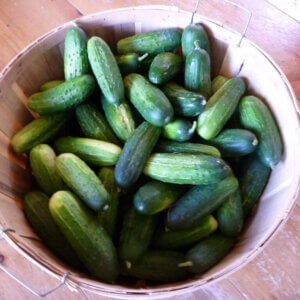
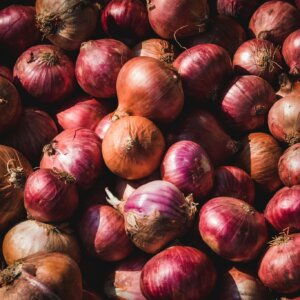



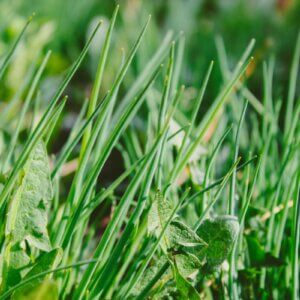

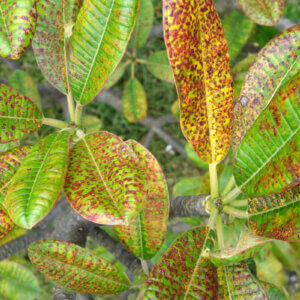





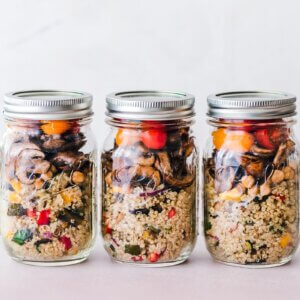

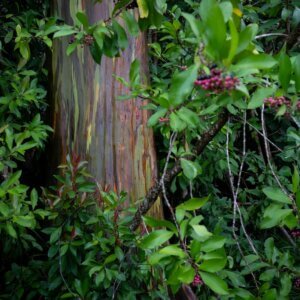
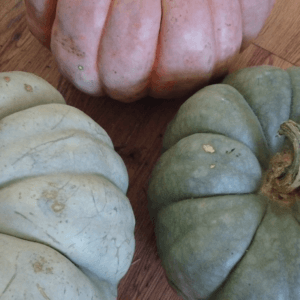

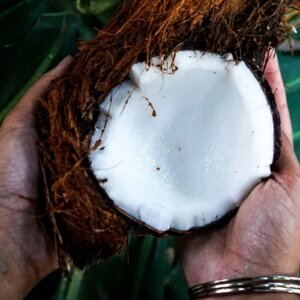

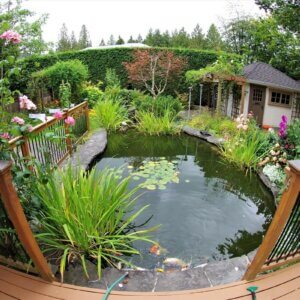
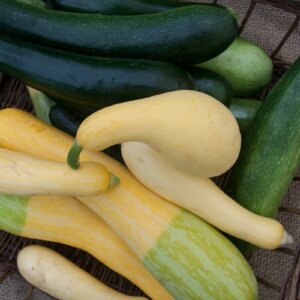

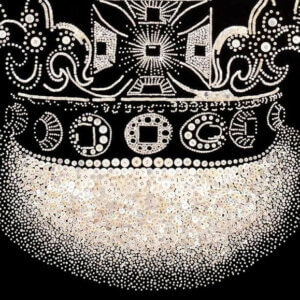

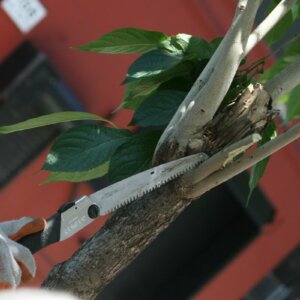

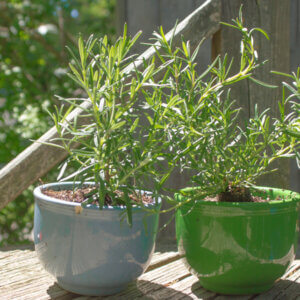
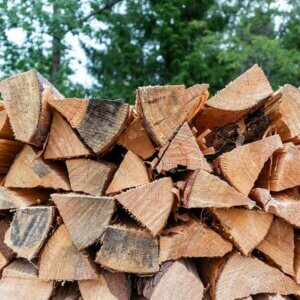


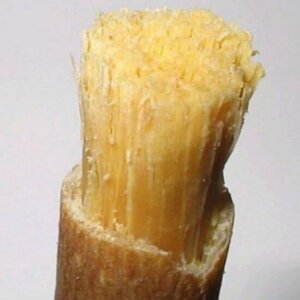





Leave a Reply